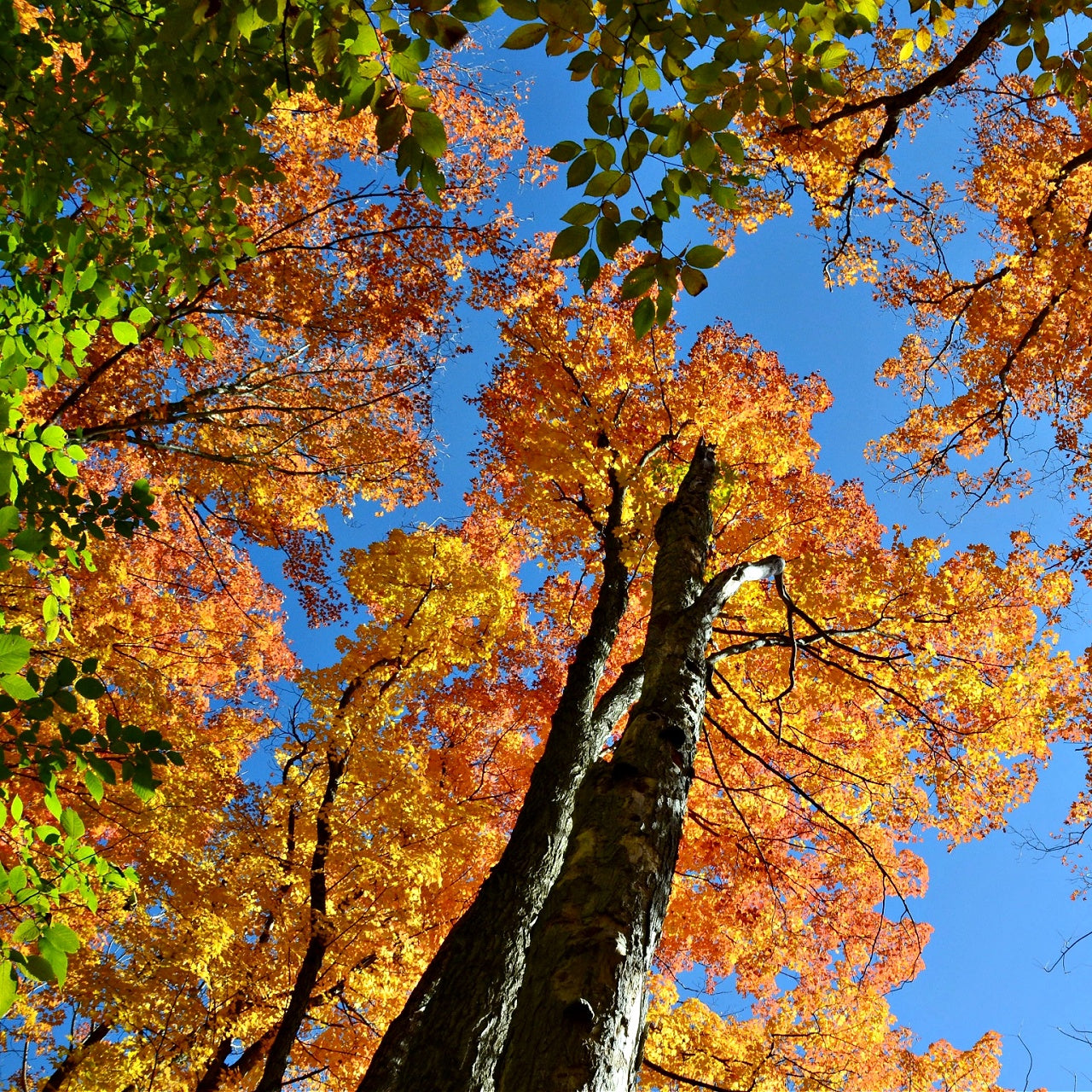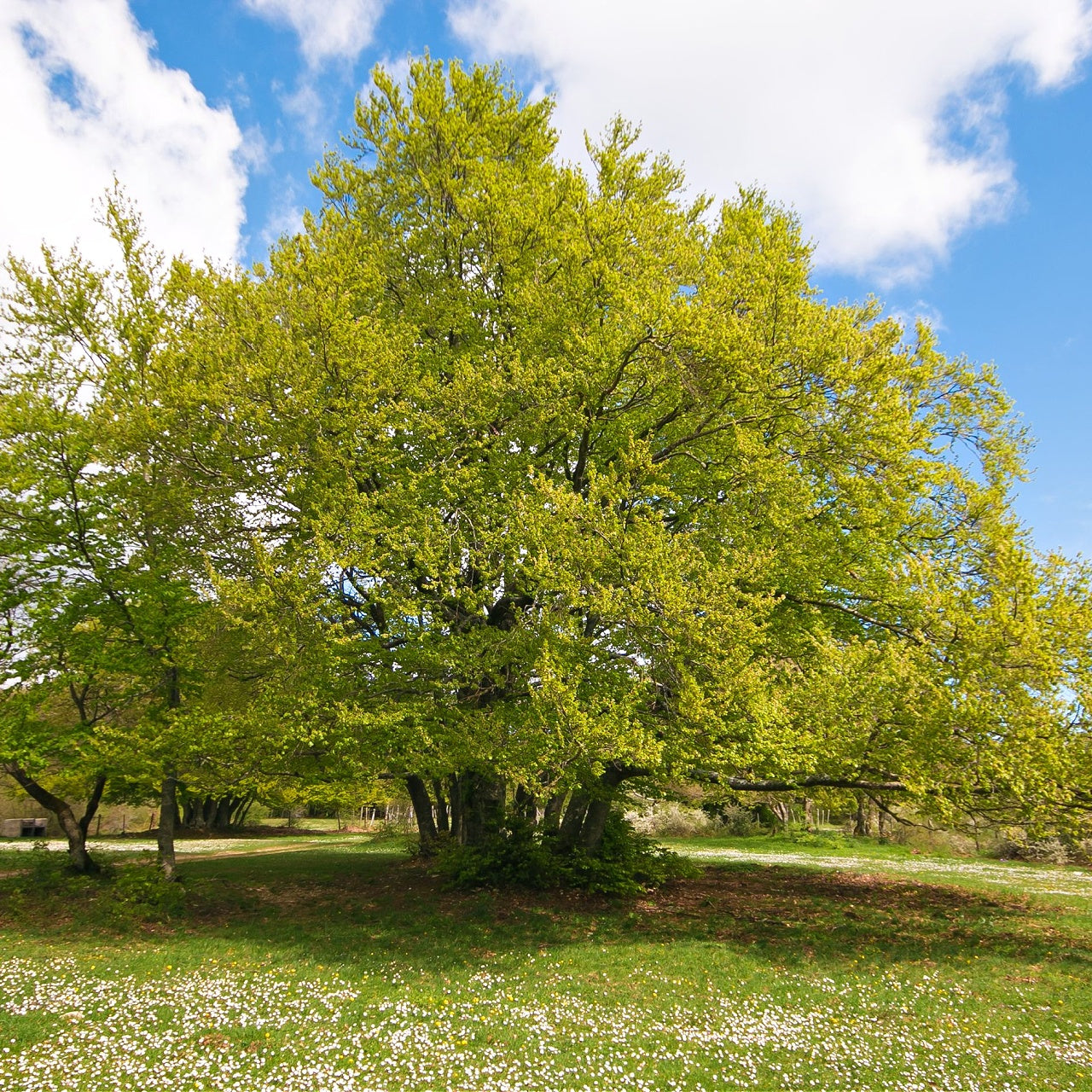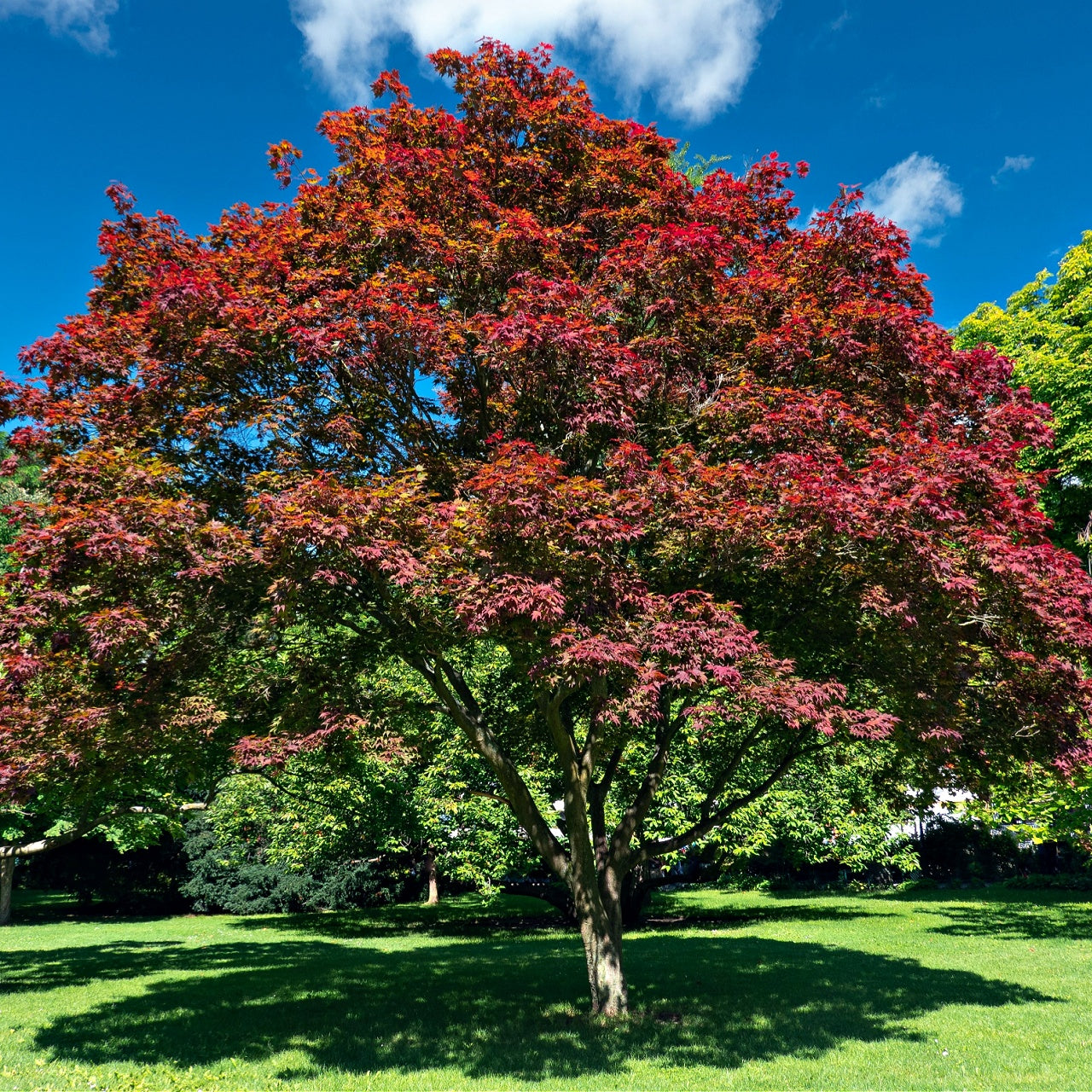
Fall's Favorite Trees
Fall's Favorite Trees
How to Choose Fall's Favorite Colored Foliage Trees
Tennessee leaves usually start their transition from lush greenery into mesmerizing fall foliage in early October in the Eastern parts of the state. Western and middle regions usher in the fall foliage during mid-October. The sea of colors our forests, recreational lands, and residential properties enjoy draws people outdoors daily. As a go-to nursery, we provide a comprehensive inventory of trees that paint our community with rich colors every fall. Although our selection of fall favorite foliage trees never ceases to amaze us, we want to share the following information to ensure you get the best choice for your property.
What is the Science Behind Fall Foliage?
Deciduous trees follow seasonal cycles of dormancy and rejuvenation. Their buds and, sometimes, flowers sprout each spring, green leaves flourish during the summer, and the cold chill of autumn creates eye-catching colors before falling to the ground. Autumn represents the last time we will enjoy branches filled with leaves before we all hunker down for winter.
Fall foliage appears primarily because deciduous trees no longer actively use chlorophyll to process sunlight into a food resource during photosynthesis. As the TN days get shorter, the color change reflects the lower activity that previously made leaves appear green. Chemicals begin to block the connection between the leaves and trees.
The carotenoid chemicals result in orange and yellow foliage. The anthocyanins usually produce shades of red. The highly active green chlorophyll only masked both substances. Their increased presence accounts for varying shades of fall's favorite foliage trees. Once the leaves fall to the ground, the tree becomes hibernated.

How to Select Colored Foliage Trees
Some homeowners choose trees based on their spring and fall appearance. While those remain pertinent, matching the right tree to your property requires due diligence. Some favorite fall foliage trees mature to heights that exceed 120 feet, and their branches can spread equally wide.
Property owners should consider the space where they plan to position trees to enjoy the colorful leaves. Ask yourself which foliage trees suit the overall landscape. Would the root systems trickle into underground septic systems? Will a foliage tree also shade perennial gardens requiring full sunlight to bloom successfully? The following tree selection tips help secure the best option for your landscape.
Height: When choosing a favorite fall foliage tree, consider the maximum height it can achieve. Homeowners often want to garner curbside appeal by planting colorful trees in front yards. Some varieties can overwhelm the area and interfere with power lines. Tall foliage trees require pruning and limb removal, which creates diminishing returns. Review overhead elements and available space when selecting the right fall foliage tree.
Width: Lush green leaves and robust fall colors are attractive. However, homeowners often start cutting them back when branches make an outdoor space feel cramped. Consider the maximum spread of branches and account for open space around them at full maturity.
Canopy: Not every fall foliage favorite spreads the same. Some trees grow equally wide and tall, while others are more oval. Consider how the shape of the limbs and leaves will affect your landscape's overall look.
Deciduous trees enrich landscapes from spring through fall. But at the end of that cycle, homeowners usually take on raking and leave-processing chores. When selecting your favorite fall foliage tree, balance the benefits with your willingness to do yard work. We hope your tree selection delivers colorful foliage for years by accounting for these factors.
Popular Fall Foliage Trees
The best fall foliage tree infuses your property with rich colors that enhance your landscape. As a nursery with extensive tree experience, the following varieties remain popular among our community members.
Maple Trees: This diverse class of trees remains a fall foliage favorite for various reasons. Red Maple Trees tend to grow quickly and provide scarlet leaves. Varieties such as Sugar Maple Trees blend reds and oranges. Silver Maple Trees lean toward the yellow end of the spectrum. Maple Trees can mature to 70 feet tall and 30 feet wide.
Oak Trees: Sturdy oak trees come in various colors, including burgundy, red, orange, yellow, and brown. Their diversity and strength make them a preferred landscaping asset.
Tulip Poplar Trees: Known for their lovely spring blooms and gentle yellow fall foliage, they typically mature to 100 feet. This relatively fast-growing tree can reach 50 feet in about 20 years. It can be a perfect fit for wide-open spaces and standalone fall colors.
Although these rank among the more popular fall foliage favorites, we maintain a complete inventory that includes Dogwood, Sycamore, Flame Leaf Sumac, and Sweet Gum trees, among many others.






